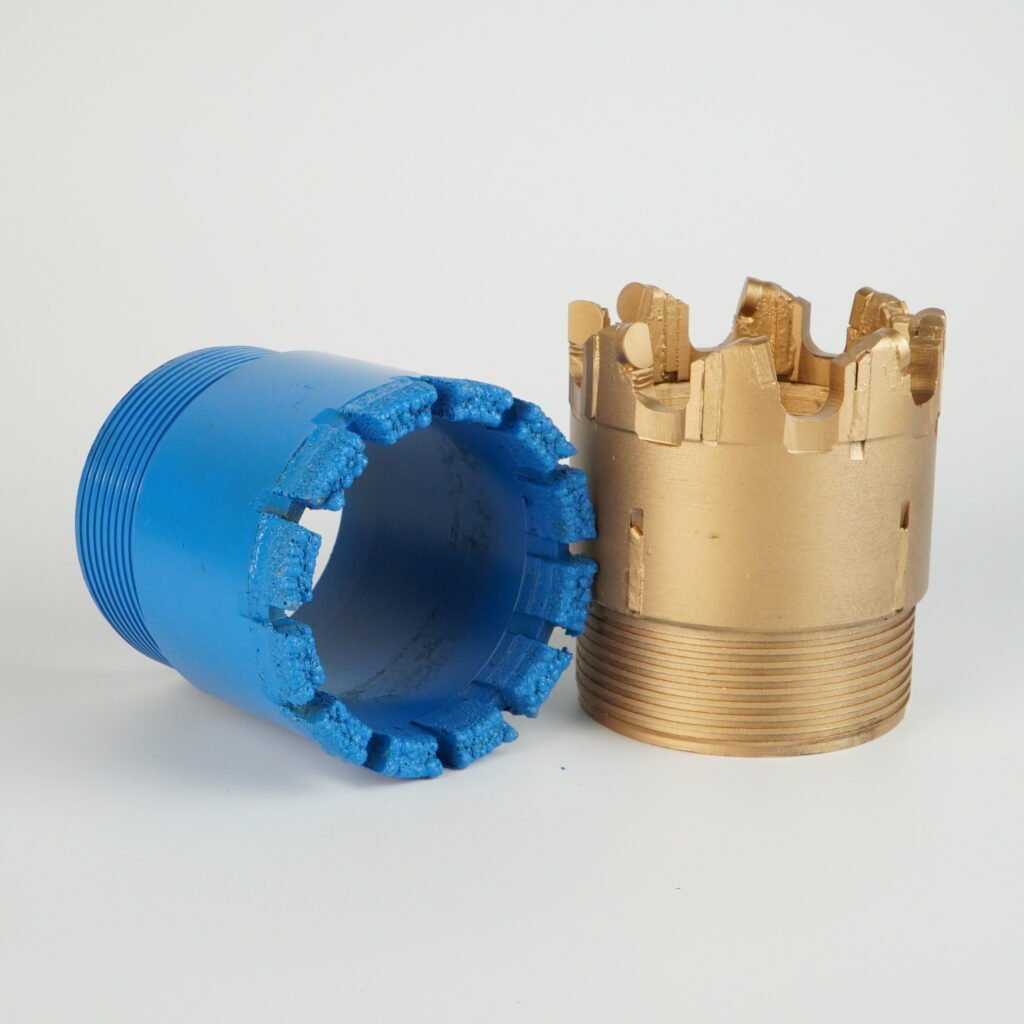By Sicher
FineDrill
In the world of drilling, diamond-embedded bits are the gold standard for cutting through tough materials like concrete, stone, and ceramics. But not all diamond bits are created equal. Two heavyweights dominate the market: electroplated diamond core bits and sintered/impregnated diamond drill bits. Which one should you choose for your project? Let’s break it down.

1. The Basics: How They’re Made
- Electroplated Diamond Bits: These bits feature a single layer of diamond grit bonded to a steel core via an electroplating (nickel or cobalt) process. They’re sharp, fast-cutting, and ideal for precision work.
- Sintered/Impregnated Bits: Made by fusing diamond particles into a metal matrix (usually tungsten carbide or cobalt) under high heat and pressure, these bits have multiple layers of diamonds that wear down gradually, exposing fresh grit.
2. Speed vs. Longevity
- Electroplated Bits:
- Pros: Aggressive cutting speed, excellent for thin materials and quick jobs.
- Cons: Shorter lifespan—once the outer diamond layer wears off, the bit is done.
- Sintered/Impregnated Bits:
- Pros: Much longer lifespan due to continuous diamond exposure; ideal for deep, abrasive drilling.
- Cons: Slower cutting speed, requiring more patience and pressure.
3. Cost & Value
- Electroplated: Cheaper upfront but may need frequent replacement.
- Sintered/Impregnated: Higher initial cost but more cost-effective for heavy-duty, long-term use.
4. Best Applications
- Electroplated: Perfect for glass, tile, thin concrete, and jobs requiring clean, precise holes.
- Sintered/Impregnated: The go-to for reinforced concrete, granite, and deep-core drilling where heat resistance matters.
5. The Verdict
If you need speed and precision for light-duty work, go electroplated. But for tough, long-haul drilling, sintered/impregnated bits are the undisputed champions.
Which one do you prefer? Sound off in the comments!
#DiamondDrillBits #ConstructionTech #ToolWars #DrillingSolutions

